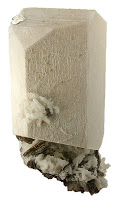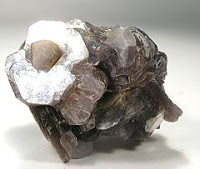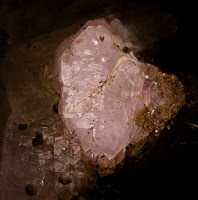Have you ever heard of the Canadian Shield?
The Canadian Shield is the name for a large area of exposed bedrock. The Georgian Bay Biosphere Reserve is on part of the Canadian Shield, which is why there are such interesting and unique landscapes! Rock formations and land forms like the ones in these pictures are typical of the Canadian Shield.



The story of these rocks starts a long time ago. Over one billion years ago (that’s 1,000,000,000 years!), this area was covered in tall mountains called the Grenville Mountains. But where did they go?
The mountains were worn down to their current level through a process called erosion. Erosion is when wind and water wear small pieces of rocks away. If a large rock is eroded over a long period of time, the rock will shrink. This is what happened to the mountains! They slowly became small bumps and hills because of erosion from wind and water. Water can smooth rocks down in two ways – one way is the liquid water rubbing off small pieces of rock called minerals. The other way is by ice.
Large sheets of ice called glaciers once covered Ontario. These glaciers were like gigantic ice cubes one kilometre high! Due to the glacier’s weight and slow movement, the ice carried away a lot of rock and soil, exposing and smoothing out the bedrock into what it looks like now.
Can you guess where all the water went when the glaciers melted? Hint: We live right next to one of them!

What is the Canadian Shield made of?
The Shield is made of hard rocks like granite. However, Eastern Georgian Bay is made up mostly of gneiss (pronounced ‘nice’). Gneiss and granite are similar, but gneiss has bands or stripes in it.
When you take a close look at rocks, you can often see that they are not all one colour. They may have different colours or spots that are shiny while other spots are dull. Rocks have these sections or layers because they are made of different minerals. People mine for minerals to make all kinds of useful things. In fact, the same minerals in Georgian Bay’s rocky islands and shores can also be found in many household objects! Here are some common minerals that can be found in both Biosphere rocks and items around your home and cottage.



Some of these rocks around Georgian Bay are feldspar, mica, quartz, and amphibole. Quartz is hard, shiny, and usually white or pink. Feldspar can be white, pink or red-brown, or green and it’s not as shiny as quartz. Mica is also quite common, and it is a dark mineral that reflects light at the right angle. Otherwise, it’s usually dull. Amphibole is black and often is the mineral that makes up black sand beaches!
Can you see the different layers in this picture? Which minerals do you think are there?

There are many places around the Georgian Bay to see the beautiful features of the Canadian Shield. Some places your family can visit would be:
- Twin Points Trail at Killbear Provincial Park.
- Rugged Trail, located by the Salt dock in Parry Sound.
- Driving the Highway 400/69 where the rock has been blasted away to make room for the road!
- Wreck Island, Massasauga Provincial Park
